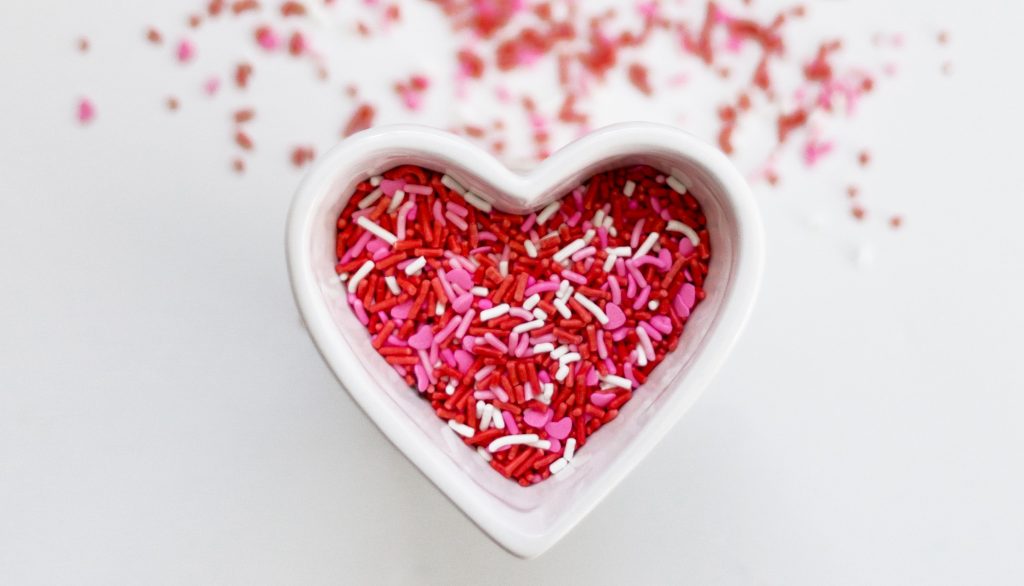Valentijnsdag: Love The Dutch Way Posted by Sten on Feb 14, 2020 in Culture, Dutch Language, Dutch Vocabulary
Valentine’s Day – a day for love… Also in the Netherlands. But how did we get here? And how do we celebrate it? Let’s explore!
Valentijnsdag in the Netherlands
While it’s known that Valentijnsdag (Valentine’s Day) is named after some Sint Valentijn (Saint Valentine), it’s not really clear which one. There are different stories about the man who was given February 14 as his heilige (holy) day by Paus (Pope) Gelasius in 496. Connecting Sint Valentijn to the liefdestradities (love traditions) that we are used to today, different legendes (legends) were invented, but none were really that overtuigend (convincing). He would have married people and brought people together, but there really is no evidence that any Sint Valentijn did such a thing.
All this weirdness led the Katholieke kerk (Catholic church) to stop celebrating February 14 as the naamdag (name day) of Sint Valentijn in 1969. But the name stuck around!
The celebration of the liefde (love) is still pretty new in the Netherlands. Only halfway the 1990s it became more mainstream.
Like in many other places, it was first and foremost a feestdag (holiday) that was pushed by bedrijven (companies). After the Tweede Wereldoorlog (Second World War), the Dutch bloemisten (florists) realized that around February 14, the flower business was doing exceptionally well in other countries. And so they had an idea.
In 1951, the inwoners (inhabitants) of the Frisian city Leeuwarden received strooibiljetten (leaflets) that told them to buy bloemetjes (flowers) for their geliefde (loved one). But it didn’t do that much. The bloemisten simply commented: “De Friezen zijn te nuchter. Ze lopen niet zo snel warm” (The Frisians are too matter-of-fact. They don’t get excited that easily.)
They kept going though. In the decades after, they would do publiciteitsstunts (publicity stunts), such as bloemetjes for each vrouwelijk kamerlid (female member of parliament) in 1974.
But it wasn’t the bloemisten that made it a Dutch tradition. It was the kranten (newspapers). In 1990, a Valentijnsrubriek (Valentine’s column) was created, where (anonymous) berichten (messages) could be placed. It was a huge success!
Yet, despite that success, Valentijnsdag is getting less popular by the year in the Netherlands. Many people see it as materialistisch (materialistic) and only something that winkeliers (shop owners) profit from, or a strange thing: waarom is er een speciale dag voor liefde? Is niet elke dag waarop je liefde kunt schenken speciaal? (Why is there a special day for love? Is not any day on which you can give love special?)
But if you decide to celebrate it, here’s how to do it:
And if you want to know how to say “I love you” in Dutch, we’ve got you covered!
Are you celebrating Valentijnsdag? Will you celebrate in Dutch or in the Netherlands? How is it celebrated in your country? Let me know in the comments below!

Build vocabulary, practice pronunciation, and more with Transparent Language Online. Available anytime, anywhere, on any device.




